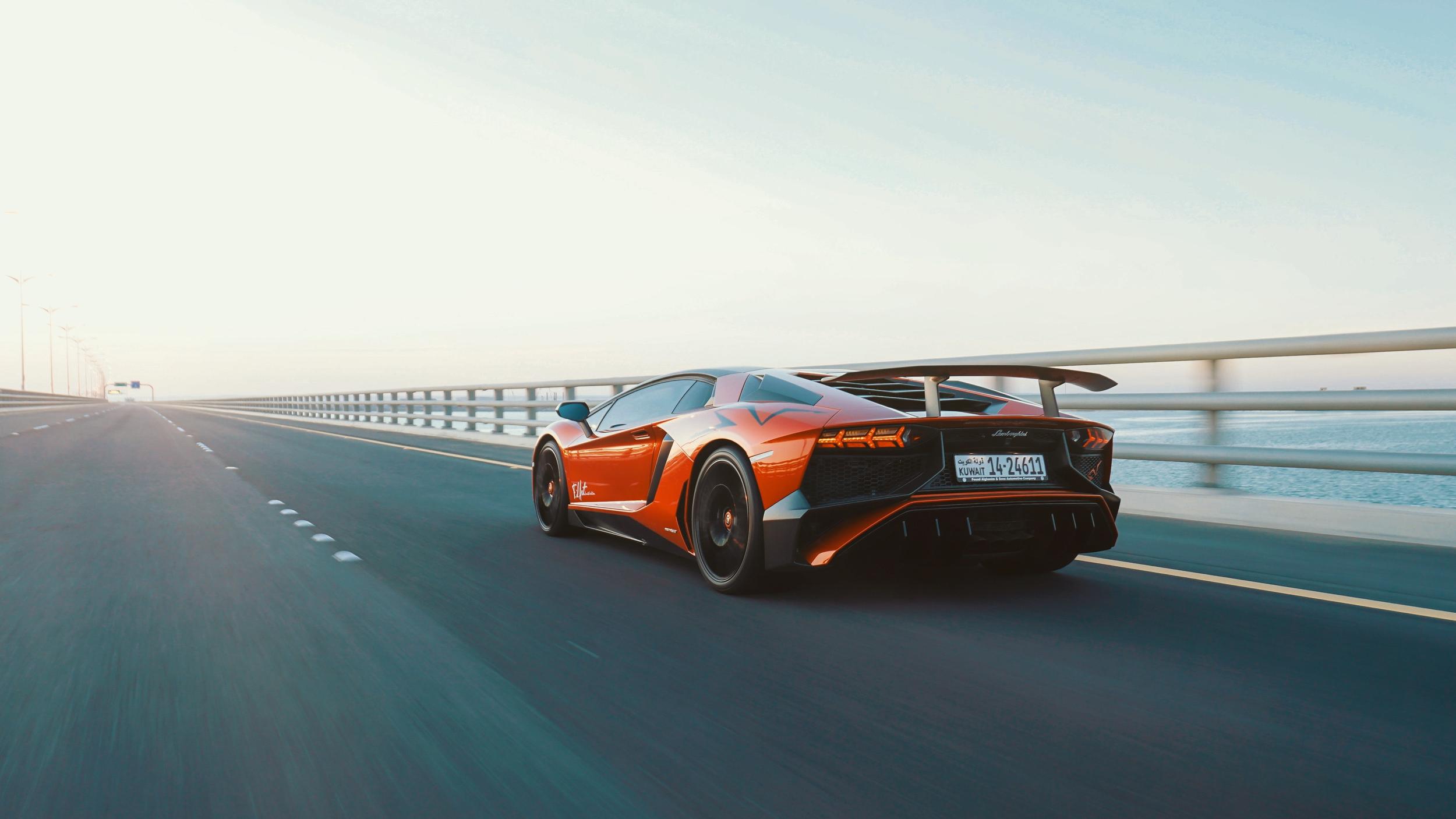Lamborghinis have long been icons of speed, luxury, and automotive prowess. These Italian beauties exude a combination of power and artistry that car enthusiasts can’t help but admire. But as with many high-performance vehicles, there are questions about where and how one can legally drive a Lamborghini on public roads.
So, let’s address a burning question: Are there states where Lamborghinis are illegal?
A Matter of Specification
To understand the street legality of Lamborghinis, or any car for that matter, one needs to delve deeper into the specifics of each model. A vehicle’s status as “street legal” hinges on a myriad of factors, and it’s not as black and white as it might seem on the surface
Every Lamborghini model is crafted with a unique set of specifications tailored for different purposes. While all of them are undeniably masterpieces of automotive engineering, they are not always designed with typical road use in mind. Some are conceptualized and built for the racetrack, pushing boundaries and breaking records, while others are envisioned for the open road, combining luxury with unparalleled speed.
These specifications influence various aspects of the vehicle – from its engine power and emissions to its safety features and even aesthetic details. Depending on a state or country’s regulations, certain technicalities or design elements might not align with roadworthy standards. This can range from emissions levels, which might exceed the limits set by environmental agencies, to certain safety features that don’t meet local transportation guidelines.
Emission Standards: A Green Challenge
States like California have strict emission standards to combat air pollution and promote greener transportation solutions. The California Air Resources Board (CARB) has established guidelines that vehicles must meet to be driven in the state. Given the high-performance nature of many Lamborghinis, certain models might emit more pollutants than these guidelines allow.
Lamborghini, like many other manufacturers, does design specific models to be compliant with these more stringent standards. It’s always important to check that the specific model and year of a Lamborghini one is interested in meets the requirements of the state in which it will be registered.
Safety Regulations: A Different Road
In terms of safety, the U.S. Department of Transportation (DOT) and the National Highway Traffic Safety Administration (NHTSA) set forth regulations that vehicles must meet to be legally driven on public roads. These include standards for lighting, bumper height, and airbags, to name a few.
Certain editions of Lamborghinis, particularly older models or those designed exclusively for track use, might not align with these regulations. For example, the Lamborghini Sesto Elemento, a track-focused masterpiece, isn’t street-legal in the U.S. due to these constraints.
Import Challenges: Clearing Customs
For enthusiasts interested in importing a Lamborghini not sold in the U.S., another set of challenges emerges. Imported cars need to meet both the EPA’s emission standards and the DOT’s safety regulations unless they are over 25 years old. This is often why you’ll find car collectors importing older European models that were never initially available in the U.S. – they can bypass these stringent rules.
Which Lamborghini model is not street-legal?

The alluring world of supercars, particularly Lamborghinis, is filled with awe-inspiring engineering feats. However, the intersection between the raw power of some models and the regulations of public roads is a convoluted matter. This is especially true when discussing models like the Lamborghini Strosek Diablo, Essenza SCV12, and the Sesto Elemento.
Starting with the Strosek Diablo and Essenza SCV12, both these models present a performance capability that goes beyond what is deemed acceptable on U.S. roads. The sheer speed and power of these vehicles make them a force to be reckoned with on race tracks. However, in the eyes of regulators, this speed becomes a potential risk factor when taken onto public streets. Models like these are considered illegal in the United States primarily due to their unprecedented velocity capabilities. Essentially, they are too fast to comply with road regulations and are viewed as hazards on regular streets.
Delving into the intriguing Sesto Elemento, this model is an embodiment of Lamborghini’s dedication to pioneering design and engineering. Its name, which translates to “Sixth Element” in Italian, represents the atomic number of carbon, highlighting its prodigious use of carbon fiber. The vehicle’s lightweight structure, weighing a mere 999 kilograms (about 2,202 lbs), is attributed to the extensive use of carbon fiber and carbon composite materials. The heart of the Sesto Elemento, a V10 engine, propels it from 0-100 km/h in a staggering 2.5 seconds.
However, the Sesto Elemento’s remarkable design and choice of materials make it fall short of specific safety standards essential for road-legal vehicles, especially in countries like the U.S. Though a marvel in the realms of design and innovation, its primary arena remains the racetrack, not the highway.
To truly appreciate Lamborghini’s creations, one must understand the delicate balance between harnessing unmatched power and adhering to the rules of the road. And while the allure of these high-powered supercars is undeniable, the responsibilities of ensuring safety on public roads mean some models are destined solely for the track.
Final Thoughts: Navigating the Road Ahead
Lamborghini, aware of the diverse regulations across states, often produces models that are compliant across the board. Still, if you’re purchasing a second-hand Lamborghini, importing a model, or even considering modifications, it’s essential to familiarize yourself with the regulations in your specific state.
For the car enthusiast, there’s a unique thrill in understanding not just the performance of a vehicle but also the intricate dance between engineering, regulation, and design. Lamborghinis, with their blend of power and art, are a testament to this delicate balance. As always, consult with local experts and authorities before making a purchase, ensuring that you can enjoy the roar of that Lamborghini engine on your local roads without any legal hiccups.



